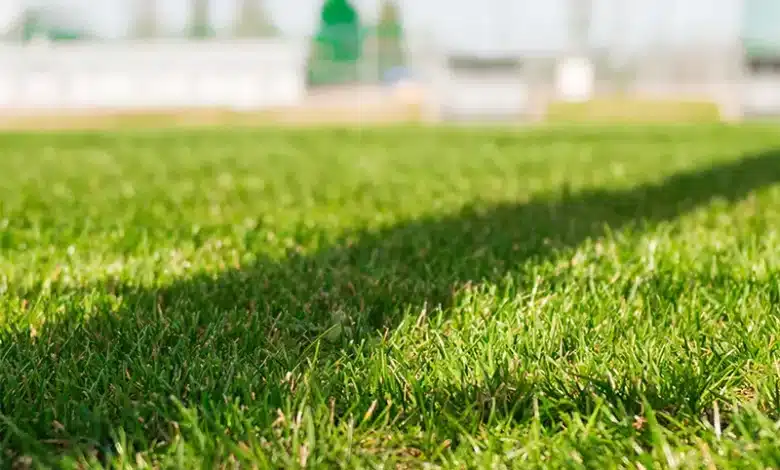
Hybrid Grass Soccer Field: An Innovative and Sustainable Solution for Sports Facilities
Sports facilities are constantly looking for new ways to improve their playing surfaces to enhance the performance of athletes and provide a better experience for spectators.
One of the latest innovations in this field is the Hybrid Grass Soccer Field or( in other words ) Hybrid Grass Football Field, which combines natural and Artificial Grass to create a high-performance and sustainable playing surface.
In this blog post, we will explore the definition, production process, application, advantages, disadvantages, and maintenance of Hybrid Grass.
What is a Hybrid Grass Soccer Field?
Hybrid Grass Soccer Field is a type of sports facility that combines natural grass with artificial turf. The playing surface consists of a layer of natural grass reinforced with synthetic fibers. This combination allows for better durability, faster recovery from wear and tear, and improved traction for athletes.
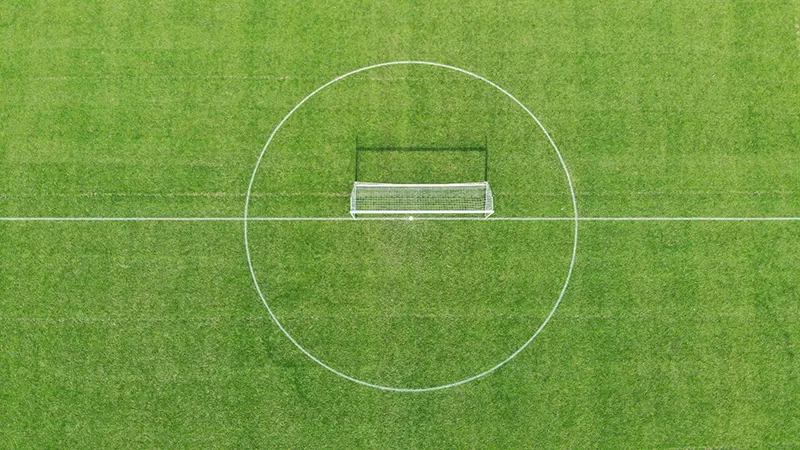
How is Hybrid Grass Made?
The production process of a Hybrid Grass Soccer Field involves several steps. First, the natural grass is planted on the field. Then, synthetic fibers are woven into the soil using a special machine. The fibers are designed to mimic the root structure of natural grass and provide reinforcement to the soil.
Finally, sand and rubber infill are added to the surface to improve ball bounce, ball roll, rotational resistant, shock absorption, vertical deformation and player comfort. The entire process can take several weeks or months, depending on the size of the field and weather conditions.
Where is Hybrid Grass Used?
Hybrid Grass is becoming increasingly popular around the world. They are used in both professional and amateur sports facilities, as well as in schools and community centers. FIFA has approved the use of Hybrid Grass Soccer Fields for international matches, demonstrating their suitability for high-level competition. Moreover, many national football associations and clubs have switched to hybrid surfaces for their training grounds, including famous teams like Real Madrid, Barcelona and Manchester United.
Why Choose a Hybrid Grass?
There are several advantages to choosing a Hybrid Grass over traditional playing surfaces.
1-The combination of natural and artificial grass creates a more durable surface that can withstand heavy use and extreme weather conditions.
2-The synthetic fibers provide additional traction for athletes, reducing the risk of injury.
3-The sand and rubber infill improve shock absorption, making the playing surface more comfortable for players.
4-Unlike traditional grass fields, hybrid grass don’t require a long time period without any activity to recover after games or events.
5-Hybrid Grass Soccer Fields require less water and maintenance than traditional grass fields, making them more sustainable and cost-effective in the long run.
Are There Any Downsides to Hybrid Grass?
While there are many advantages to Hybrid Grass, there are also some potential drawbacks. One of the main concerns is the cost of installation, which can be higher than traditional grass fields. Additionally, some players may not be accustomed to the different playing characteristics of a Hybrid Grass, which could affect their performance. Finally, the synthetic fibers may break down over time, requiring replacement or repair.
How to Care for a Hybrid Grass?
Maintaining a Hybrid Grass requires careful attention to detail. Regular mowing, fertilization, and irrigation are necessary to keep the natural grass healthy. Additionally, the synthetic fibers should be brushed regularly to prevent matting and ensure proper drainage. Finally, the sand and rubber infill should be replaced periodically to maintain optimal performance.
Final Words
Hybrid Grass represent an innovative and sustainable solution for sports facilities looking to improve their playing surfaces.
By combining natural and artificial grass, these fields offer improved durability, traction, and sustainability compared to traditional grass fields.
While there are some potential downsides and challenges, the benefits of Hybrid Grass make them a compelling choice for any sports facility looking to provide the best possible playing surface for their athletes.
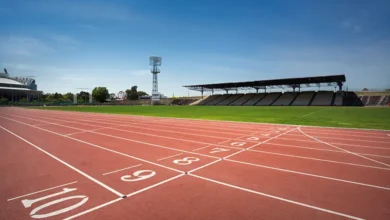

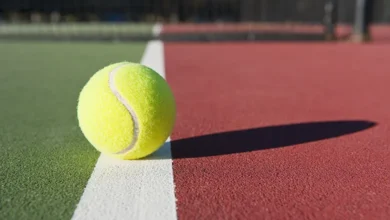
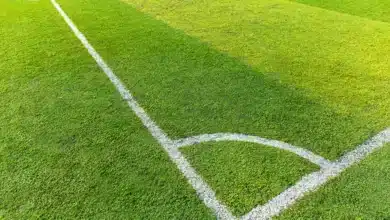
Great informations!
Thanks for your comment
Maintenance is also important. Next, I wish you will send a new post about maintenance’s of the any kind of pitches (Natural, Arificial or Hybrid Grass Football Field)
Hi.
You are right…
Since these are our first blog posts, we are trying to share blog posts under main headings. In the near future, we will have very detailed posts about Football Fields.
Please stay tuned.
I don’t understand why the words are changing all the time..
Soccer or Football, Grass or Turf, Field or Pitch. Etc..
How about the performances? 🫣
It depends on the different region terminologies:)
Dont miss our “Football and “Soccer: What’s the Difference?” which is related this topic.